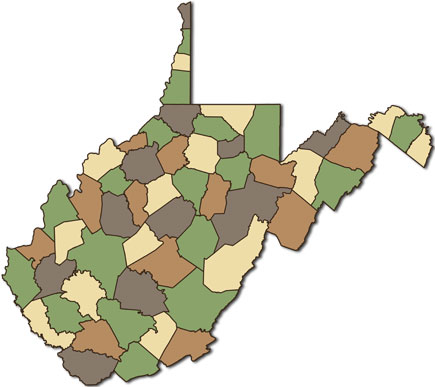
Multipure and 4-Methylcyclohexane MethanolTuesday, January 21, 2014 - by Water2Drink People everywhere are stunned to learn about the recent water pollution disaster in West Virginia. How could this happen? We all know that accidents happen, but with better oversight they often could have been avoided. But what about the unfortunate citizens of West Virginia who were directly affected by the toxic spill of 4-Methylcyclohexane Methanol into their water supply? What now? Water2Drink's customers who are using or considering purchasing a Multipure Drinking Water Systems want to know if they can use their Multipure water filter to help address this extraordinary water contamination problem. When asked this question, Multipure's resident expert, Multipure VP of Technical Services, Andrew Fenwick, PhD, offered the following comments: "We do not specifically test for the reduction of 4-Methylcyclohexane Methanol. It is not an organic compound included by NSF VOC surrogate testing, nor is there a reduction standard/protocol included in NSF Standards 42 or 53. With that said, based on the chemical nature of 4-Methylcyclohexane Methanol and results of past VOC testing, I expect that these filters would be effective at reducing the concentration of 4-Methylcyclohexane Methanol in drinking water (along with innumerous other analogous organic contaminants). We are unable to quantify the reduction efficiency or longevity/lifetime, as these characteristics depend on the concentration of the compound in the influent water, the water chemistry (TOC, pH, TDS, etc.), and the compound’s unique reduction characteristics (i.e., its affinity for the filter media). "But please note that, more than usual for topics like this, and based on the context of the question, I strongly caution the use of carbon block filters based on 'the concentration of the compound in the influent water.' These filters are highly effective at reducing numerous organic contaminants, but typically these contaminants are present in ppb (ug/L) concentrations. Higher concentrations (high ppb to ppm; i.e., high ug/L to mg/L) or above potentially suffer two ill-effects: inadequate contact time (more contaminant needs more contact with the filter media) and inadequate capacity (with adsorption technology, there is a limit to the amount of active sites before the filters become saturated/exhausted). Without knowing the concentration (or range in concentrations), I would not recommend the use of these filters as the primary treatment method. After primary treatment/remediation has taken place, I think these filters are an excellent technology to ensure reduction of residual 4-Methylcyclohexane Methanol in the distribution system and provide cleaner water for the long term." For more information on the contaminant reduction capabilities of Multipure Drinking Water Systems, please visit https://www.water2drink.com/resource-center/how-it-works-multipure-water-contaminant-reduction.asp.
|
|
Tweet
|
Leave a Comment


 Comments
Comments